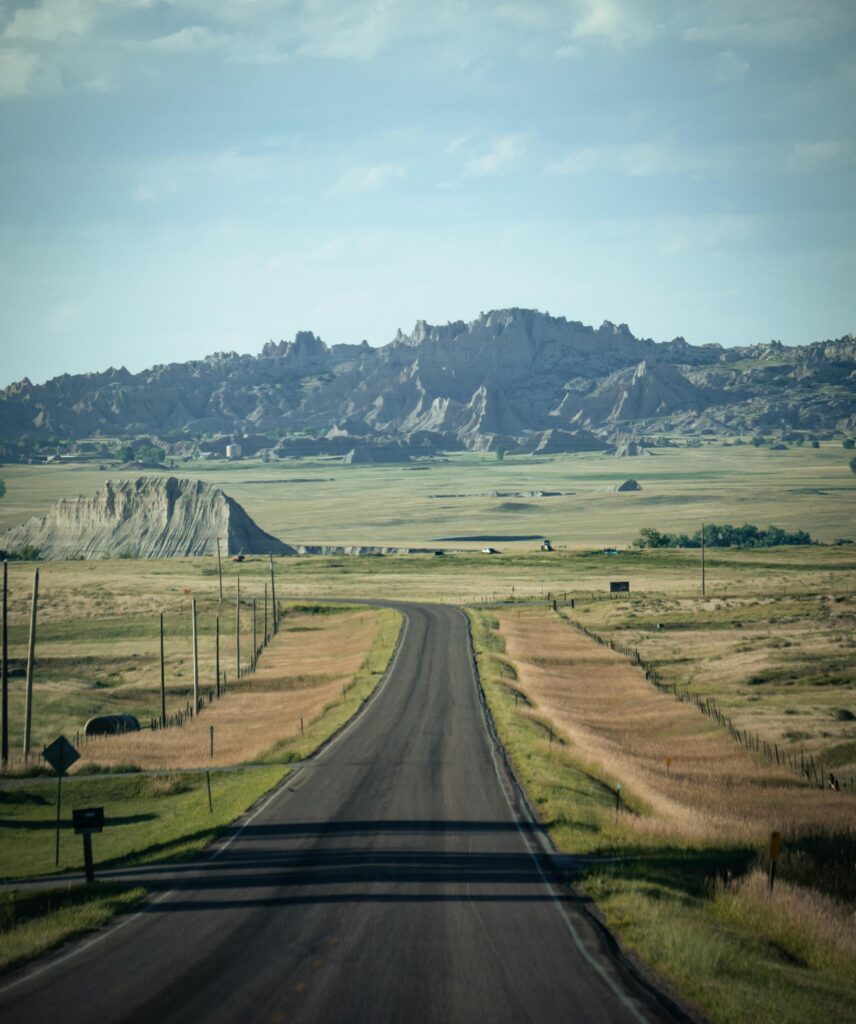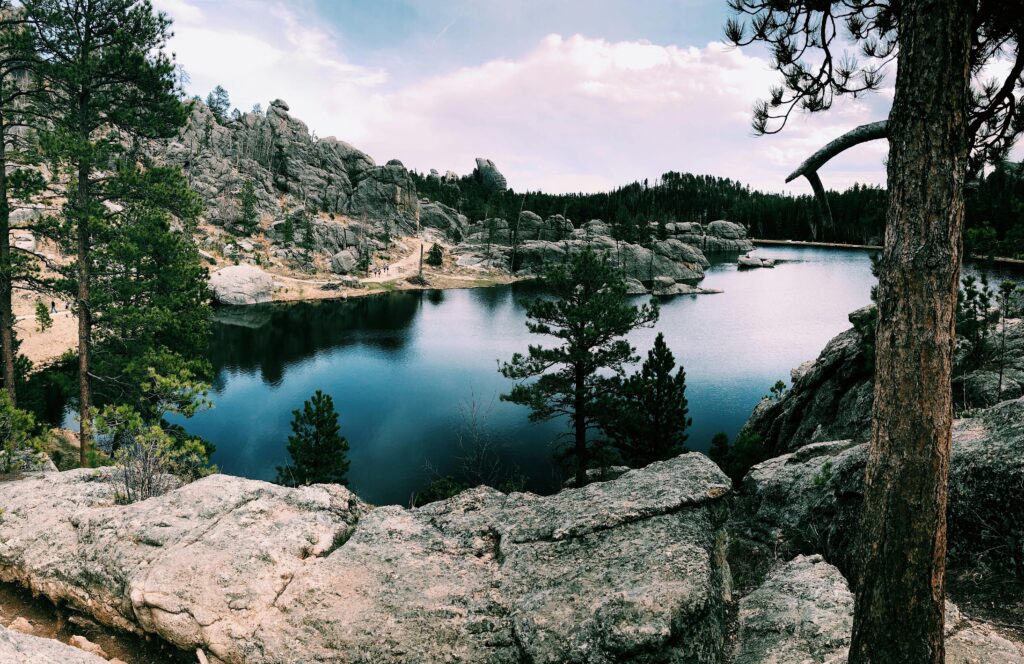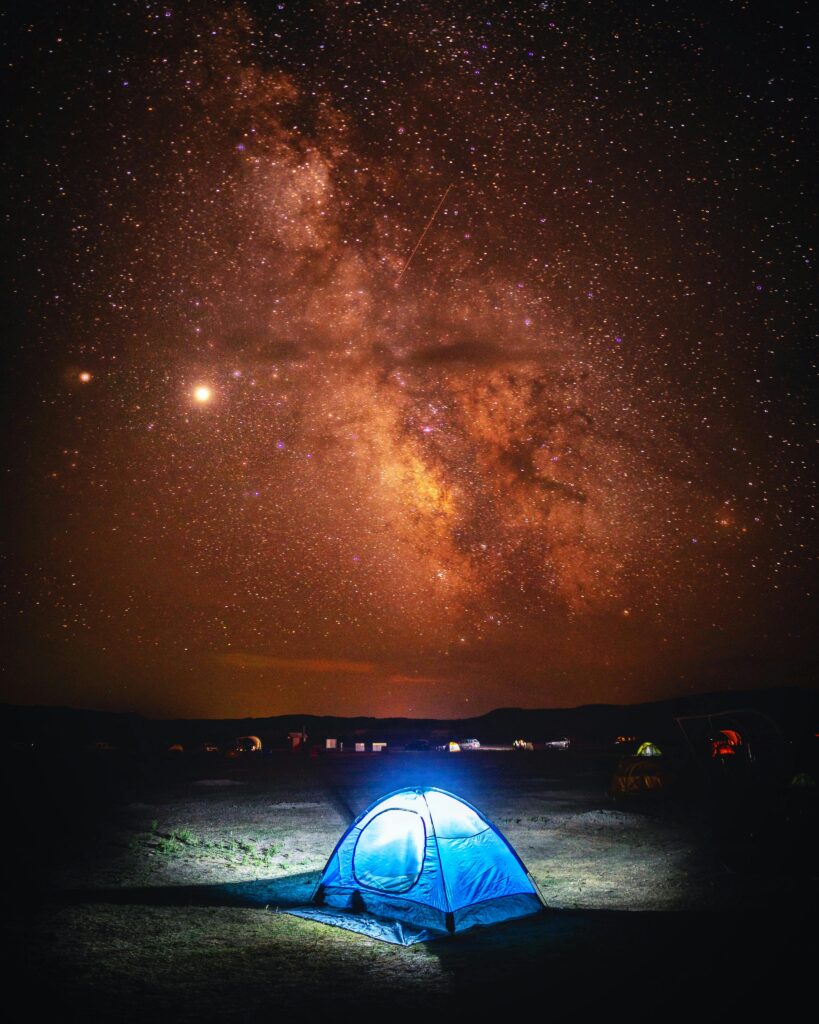With inflation pressures, rising interest rates, and slower consumer spending shaping the national economic outlook, tourism officials across the U.S. are bracing for potential declines in travel-related revenue. In South Dakota and the broader Midwest—where seasonal tourism is a major driver of small-town economies—industry leaders are expressing concern that a “soft economy” may curb leisure travel just as the busy summer season begins.

A Cooling Economy Hits at Peak Planning Time
In recent months, economic indicators have shown:
- Slower job growth and increased consumer caution
- High interest rates discouraging credit-based travel spending
- Rising costs in fuel, lodging, and food tightening vacation budgets
For states like South Dakota, where summer tourism fuels everything from gas stations to gift shops, even small declines in visitor numbers could have ripple effects.
What Tourism Officials Are Saying
Local tourism boards and business leaders cite several specific concerns:
- Shorter Stays: Tourists may reduce trips from 5 days to 3, spending less per visit.
- Local vs. Out-of-State Visitors: High fuel prices may lead travelers to stay closer to home, affecting out-of-region tourist flows.
- Event Attendance Risk: Festivals, state fairs, and local markets could see lower turnout if consumers cut back on discretionary expenses.
Despite record visitation numbers in recent years—bolstered by post-COVID travel surges—officials warn that relying on strong past performance may not be enough to weather an economic downturn.
Strategic Responses Underway
To mitigate the risk, tourism agencies are:
- Shifting marketing focus to local and regional visitors with “staycation” and “weekend getaway” promotions
- Expanding budget-conscious packages like RV campgrounds, family discount passes, and free-admission events
- Targeting value-driven travelers through digital advertising that highlights affordable lodging, outdoor activities, and off-peak incentives
Additionally, several counties are lobbying state legislatures for increased tourism grant funding to support small business resilience and preserve tourism jobs.

Frequently Asked Questions
Q: What is a “soft economy”?
A: It refers to a period of slow economic growth, marked by cautious consumer spending, high interest rates, and market uncertainty.
Q: How does this affect tourism?
A: When people have less disposable income or worry about future finances, they are more likely to shorten trips, delay vacations, or choose cheaper destinations.
Q: Are Midwest destinations more vulnerable?
A: Smaller, seasonal economies like those in South Dakota rely heavily on summer tourism and can be more sensitive to even modest economic shifts.
Q: What can be done to support local tourism?
A: Encouraging in-state travel, offering bundled discounts, and investing in community-led events can help maintain revenue flow during economic dips.
Q: Are international tourists a factor?
A: In many rural areas, domestic travelers are the primary market. However, international travel trends can indirectly affect airline traffic and lodging availability.
As the summer travel season unfolds, state and local tourism officials are balancing optimism with realism. A soft economy doesn’t mean the season is lost—but it does mean every travel dollar will be harder earned. Creativity, community engagement, and economic adaptability will be key to sustaining regional tourism through uncertain times.

Sources Dakota News Now


